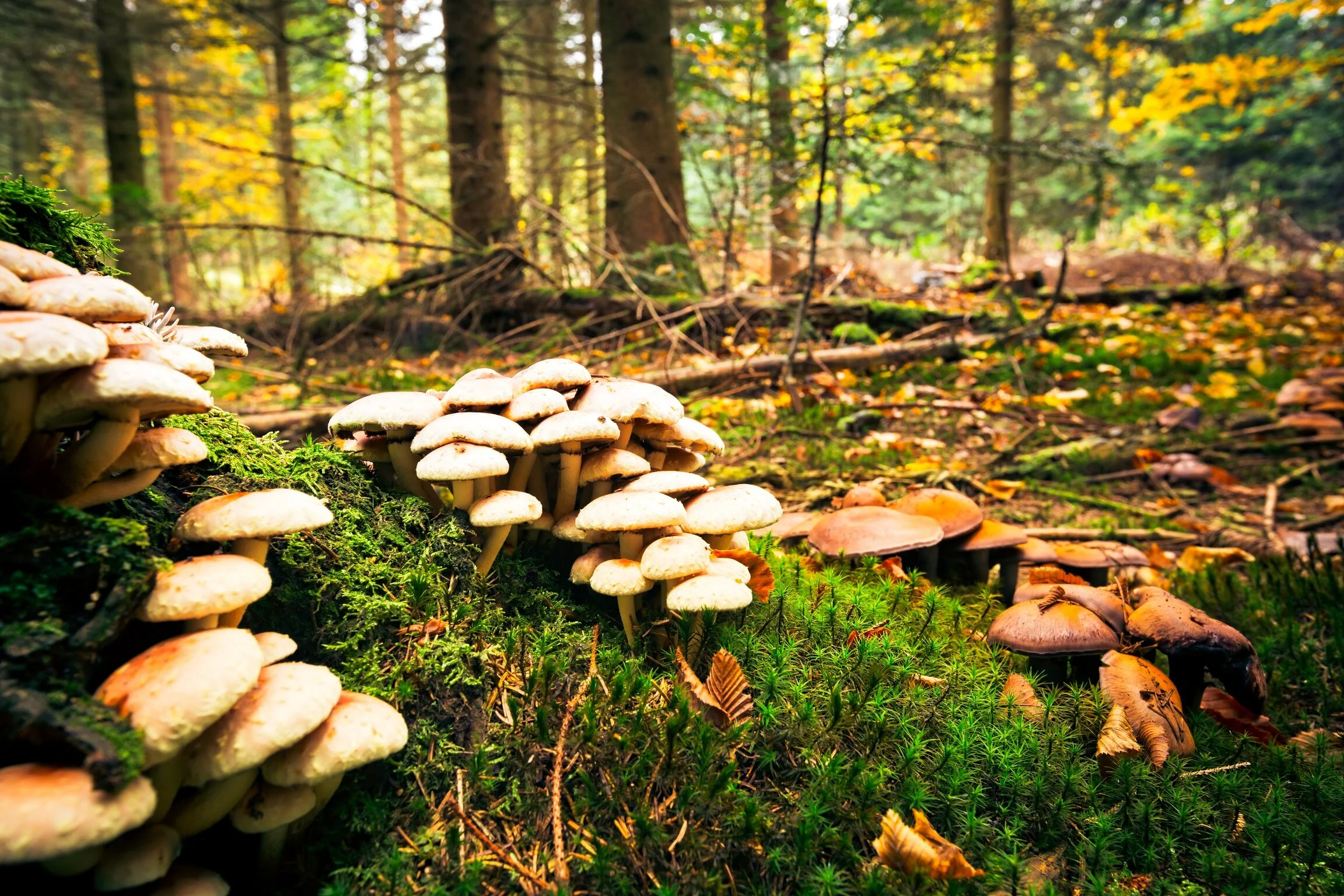At this time of year in Europe, you may have noticed something in the air. Dust-laden winds blowing from the Sahara desert cause “seasonal haze episodes” that can even result in mud rain.
Handle with care – the world’s five deadliest poisons
How the Grand Canyon changed our ideas of natural beauty
Nature’s cheats: how animals and plants trick and deceive
As night closes in across Kentucky a small chubby spider makes a silk line between two plants. She then moves along her “trapeze wire” and waits. After a while a moth approaches within range, and the spider unleashes a swinging sticky ball, ensnaring the moth and pulling him in to be eaten. The attacker is a bolas spider, and she hunts by releasing an odour that precisely matches the chemical composition of female moth mating pheromones. The male moth is lured in, but instead of getting a mate, he gets eaten.
How climate change killed the dinosaurs' underwater cousins
The world’s biggest source of freshwater is beneath your feet
Do fish have feelings? Maybe…
The question of whether animals other than humans can think and feel has been debated for centuries. Most of us would agree that humans have a level of consciousness, loosely defined as an ability to experience thoughts and emotions. But which other creatures have consciousness remains an open and controversial question.
Not just bees: the buzz on our other vital insect helpers
Justin Schmidt - Suffering for science: why I have insects sting me to create a pain index
Explainer: what are the ‘nacreous clouds’ lighting up the winter skies?
People in the polar regions of the world, such as Scandinavia and Canada, sometimes get to watch majestic, rainbow-coloured clouds drift across an otherwise grey winter sky. Over the past few days, observers from across the UK and Ireland have also been lucky enough to witness this phenomenon, known as “nacreous” (or polar stratospheric) clouds.
Why can’t we predict when a volcano will erupt?
We started 2016 with a bang. Both Chile and Indonesia saw a clutch of volcanoes erupting after laying dormant for a decade or more. This followed an eruption in April 2015, when Calbuco volcano in Chile burst back to life after more than 40 years of silence, with experts giving less than two hours of warning. In an era of global satellite monitoring with proliferating networks of instruments on the ground, why can we still not accurately predict volcanic eruptions?
Explainer: why are cities warmer than the countryside?
In cities, the air, surface and soil temperatures are almost always warmer than in rural areas. This effect is known as the Urban Heat Island – a term which first came into use in the mid-20th century. Until the 1980s, this effect was considered to have relatively little practical significance. In fact, given that most studies were done in cities with cold winter climates, a warmer temperature was seen as a potential benefit, because it reduced the need for heating. But since then, we’ve found a number of reasons to be concerned.
How plants rely on friendly fungal bodyguards
How ‘Snowball Earth’ volcanoes altered oceans to help kickstart animal life
Revealed: how giant icebergs breathe life into remote oceans
As giant icebergs bob across the open seas they leave behind a trail of nutrient-rich meltwater, sparking new life in the world’s remotest and least hospitable oceans. This in turn means more carbon is taken from the atmosphere and stored below the waves. Massive icebergs may be a symptom of climate change – but they can also help keep it in check.
Why we should learn to love all insects – not just the ones that work for us
Insects, which include more than a million described species, represent roughly two-thirds of the biodiversity on Earth. But they have a big PR problem – many think of insects as little more than crop-eating, disease-carrying jumper-munchers. But in reality, species fitting this bill are but a tiny part of an enormous picture.
How the cat got its coat (and other furry tails)
Our prettiest pollutant: just how bad are fireworks for the environment?
The bangs and fizzes of fireworks are rapidly replacing the chimes of Big Ben as the defining sound of New Year’s Eve celebrations in London, while around the world, city landmarks are becoming stages for increasingly spectacular pyrotechnic displays. Since the millennium, the popularity of fireworks has even extended into back gardens, where smaller fireworks or sparklers are lit up at the stroke of midnight.
Animals are evolving faster than you think – here’s the living proof
We want to build tiny backpacks for bees – here’s why
An exciting attempt to help honey bees has come about thanks to an unlikely intellectual marriage. One of us is an ecologist who wants to keep an eye on individual bees over their entire two to three-mile range and monitor their behaviour. The other is an expert in micro-electronics. Together, we want to develop miniature bee “backpacks” that will power tracking devices by harvesting the energy honey bees generate while flying and visiting flowers.














